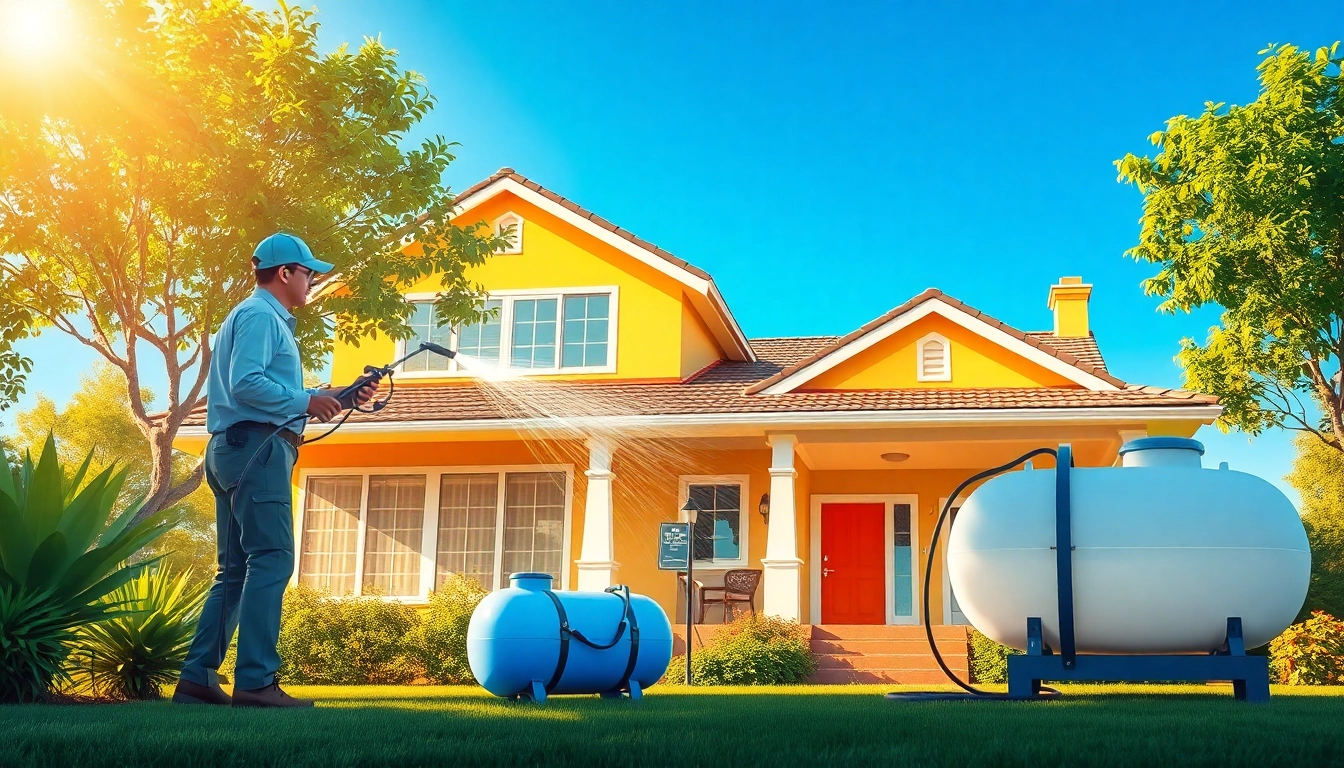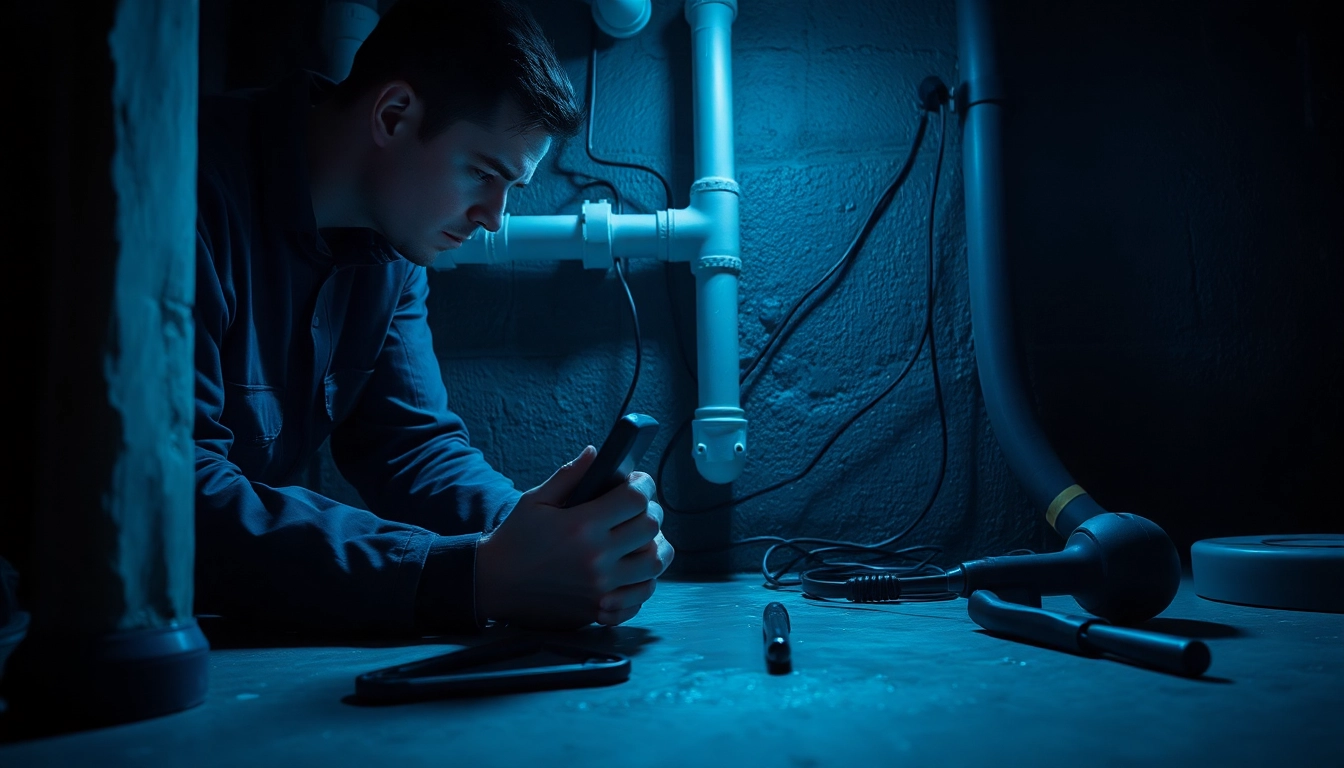What is a Soft Washing System?
The Basics of Soft Washing
Soft washing is an innovative cleaning technique designed to safely and effectively clean delicate surfaces. Unlike traditional pressure washing, which relies on high-pressure water jets, a soft washing system utilizes low-pressure water mixed with specially formulated cleaning solutions to remove dirt, mold, algae, and other contaminants. This method is ideal for surfaces that can easily be damaged by high pressure, such as roofs, siding, and outdoor furniture.
Benefits Over Traditional Washing Methods
Soft washing offers several advantages compared to traditional pressure washing methods:
- Gentler on Surfaces: The low-pressure water stream prevents damage to fragile materials, making it safer for roofs, wood, and decorative features.
- Effective Cleaning: The specially chosen cleaning agents are designed to break down organic growth, providing deeper cleaning than physical power.
- Environmentally Friendly: Soft washing uses fewer resources and biodegradable cleaning solutions, making it a more sustainable choice.
- Long-Lasting Results: The cleaning process leaves surfaces cleaner for a longer period compared to traditional methods, reducing the need for frequent cleanings.
Components of a Soft Washing System
A typical soft washing setup includes several essential components:
- Water Tank: Used to store water and mixed cleaning solutions before application.
- Pump: A low-pressure pump maintains the right flow rate, allowing the solution to disperse evenly without damaging surfaces.
- Nozzle: Specialized nozzles are designed to create a wide spray pattern, ensuring complete coverage while minimizing pressure.
- Hoses: Durable hoses connect the tank to the pump and nozzle, allowing for mobility and flexibility during cleaning.
- Chemicals: Cleaning agents that are non-corrosive and effective at breaking down contaminants.
How Does a Soft Washing System Work?
The Science Behind Soft Washing
Soft washing operates through a chemical reaction that occurs when the cleaning solution is applied to the surfaces. The key ingredients in the cleaning solution typically include:
- Sodium Hypochlorite: A disinfectant that kills mold and algae.
- Surfactants: Compounds that reduce surface tension, allowing the solution to penetrate and lift dirt from the surfaces.
- Water: Acts as the main carrying agent of the chemicals, aiding in their application.
Step-by-step Process of Soft Washing
- Preparation: Remove any obstacles from the area to be cleaned, including furniture and plants.
- Mix the Solution: Combine cleaning agents with water in the appropriate ratios as recommended by the manufacturer.
- Application: Using a soft washing pump, apply the solution evenly to the surface.
- Wait: Allow the solution to dwell for the recommended time to effectively kill and break down contaminants.
- Rinse: Rinse the surface with low-pressure water to remove the cleaning solution and any dislodged dirt.
Key Tools and Equipment Needed
To implement a soft washing system efficiently, the following tools and equipment are essential:
- Soft washing pump (low-pressure)
- Chemical mixing tank
- Garden hose and connectors
- Protective gear (gloves, goggles, masks)
- Nozzles suited for soft washing
Choosing the Right Soft Washing System
Top Features to Look For
When selecting a soft washing system, consider these top features:
- Pump Quality: Look for a reliable, low-pressure pump that can handle chemical solutions without corrosion.
- Tank Capacity: Choose a tank that meets your cleaning needs based on the size and type of jobs you typically handle.
- Portability: Ensure that the system is easy to transport, especially if you will be working at multiple locations.
- Compatibility: Verify that the equipment can work with various surfaces and cleaning agents.
Cost Considerations and Budgeting
Soft washing systems can range from affordable DIY setups to high-end commercial units. Factors influencing cost include:
- Equipment Quality: Investing in better quality equipment tends to incur higher upfront costs but may save money in the long run.
- Needed Attachments: Accessories, like specialized nozzles and hoses, can add to initial costs but enhance effectiveness.
- Long-term Maintenance: Ensure you budget for replacing or servicing equipment parts to maintain optimal performance.
Brands and Models Comparison
Research various brands and models. Popular choices in the market include:
- SoftWash Systems: Known for high-quality commercial systems.
- Pressure-Pro: Offers versatile equipment suitable for both soft washing and traditional pressure applications.
- Sun Brite Supply: Provides reliable and affordable soft washing solutions.
Soft Washing Applications
Residential vs. Commercial Uses
Soft washing is applicable in a variety of settings:
- Residential: Homeowners often use soft washing for roof cleaning, siding maintenance, and patio refurbishment.
- Commercial: Businesses benefit from soft washing for building facades, signage, and other high-visibility areas to enhance curb appeal.
Common Surfaces Suitable for Soft Washing
Some common surfaces that can effectively utilize soft washing include:
- Roofs (asphalt shingles, tile, wood)
- Siding (vinyl, wood, stucco)
- Concrete and brick surfaces
- Outdoor furniture and awnings
Seasonal Maintenance with Soft Washing
Soft washing can be an integral part of seasonal maintenance routines, particularly:
- Spring Cleaning: After winter, soft washing can remove winter debris and prepare surfaces for summer use.
- Before Selling: Homes being listed for sale often benefit significantly from a clean exterior.
- Post-Storm Cleanup: After harsh weather, soft washing can clear dirt and organic growth triggered by storms.
Best Practices for Soft Washing
Safety Tips and Precautions
When using a soft washing system, safety is paramount. Consider these precautions:
- Wear protective gear, such as gloves, goggles, and masks, to guard against chemical exposure.
- Ensure the area is free from humans and pets during application, particularly when using strong chemicals.
- Be mindful of slippery surfaces post-application, especially on roofs and decks.
Restoration and Maintenance of Equipment
Proper maintenance of your soft washing equipment is essential for performance and longevity:
- Clean hoses and nozzles after each use to prevent clogs.
- Check and replace worn parts regularly, especially seals and gaskets in pumps.
- Store equipment in a clean, dry place to avoid environmental damage.
Evaluating Results and Longevity of Cleanliness
To assess the effectiveness of your soft washing:
- Monitor surfaces for the recurrence of mold or algae.
- Take before-and-after photos to illustrate results.
- Schedule routine inspections and cleanings based on local climate and growth conditions.




